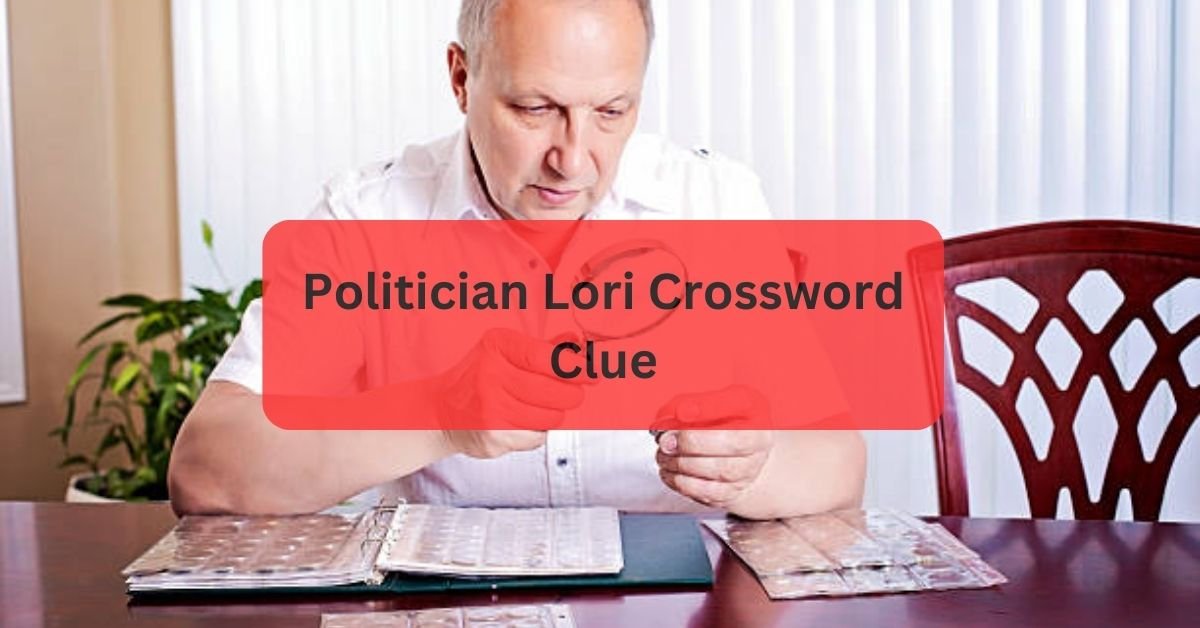My experience at Gelboodu was unforgettable, filled with vibrant music, colorful dances, and delicious traditional food. It was heartwarming to see people of all ages come together, sharing stories and celebrating our rich cultural heritage.
Gelboodu is a lively cultural festival that celebrates community and tradition. Through music, dance, and art, it highlights the unique heritage of different regions. This joyful event brings people together to share experiences and create lasting memories.
What is Gelboodu?
Gelboodu is a traditional celebration characterized by various activities that reflect the cultural identity of a community. It is marked by music, dance, art, and culinary delights, making it a multifaceted event that brings people together to celebrate their heritage.
The term “Gelboodu” may vary in meaning and significance across different regions, but its core essence remains rooted in community and tradition.
The Historical Background of Gelboodu:
The history of Gelboodu is rich and diverse. It began many centuries ago and is closely linked to the cultural growth of the communities that celebrate it. Initially, Gelboodu was a harvest festival where people came together to give thanks for the crops.
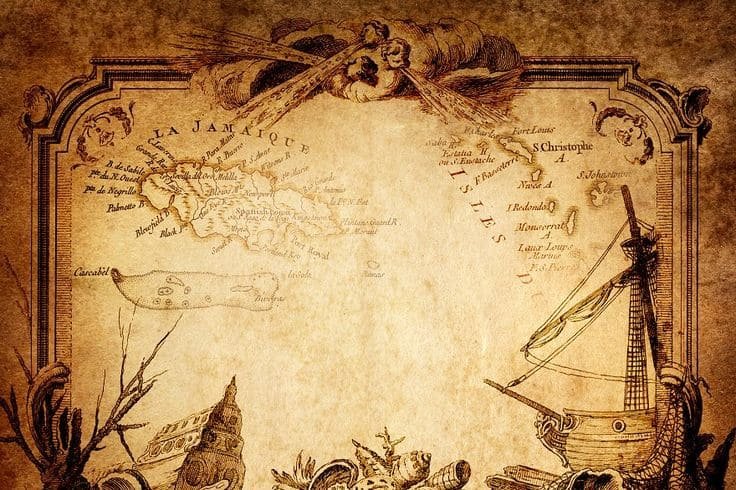
Over time, it has evolved into a larger celebration of cultural identity, including various local customs, beliefs, and art forms.
In the past, Gelboodu allowed communities to come together, share stories, and pass down traditions to younger generations. As societies changed and modernized, the celebration adapted while keeping its main values and importance.
What is the cultural significance of Gelboodu?
Gelboodu holds immense cultural significance for the communities that celebrate it. It represents the values, beliefs, and practices that shape the community’s identity. Through Gelboodu, individuals can connect with their heritage, reinforcing their sense of belonging and pride in their cultural roots.
Moreover, Gelboodu serves as a reminder of the importance of community cohesion. It brings people together, fostering relationships and strengthening bonds among participants.
The celebration acts as a bridge between generations, allowing elders to impart wisdom and traditions to the younger members of the community.
Read: Käätänäj – Experience Cultural Richness In 2024!
Key Elements of Gelboodu Celebrations:
Gelboodu celebrations are characterized by several key elements that contribute to their vibrancy and uniqueness:
a. Music:
Music is a central component of Gelboodu, with various genres and styles reflecting the community’s cultural heritage. Traditional folk songs often narrate stories of the community, its history, and its values
b. Dance:
Dance is another integral aspect of Gelboodu. Traditional dances vary by region, showcasing distinct movements, costumes, and rhythms. Participants often engage in group dances, which symbolize unity and collective joy.
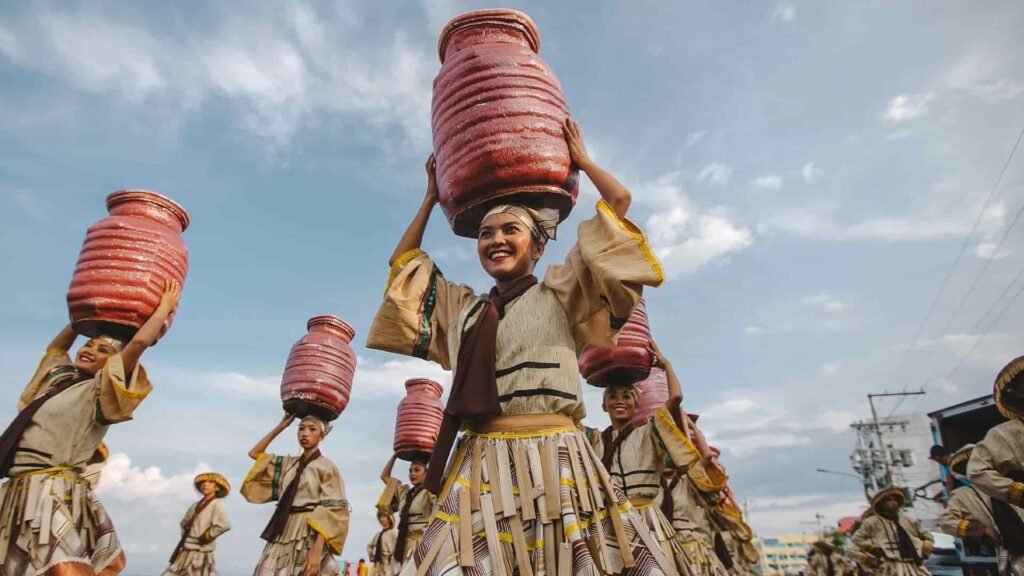
c. Art and Crafts:
Art plays a vital role in Gelboodu, with local artisans showcasing their talents through various mediums. Traditional crafts, such as pottery, weaving, and painting, are often displayed during the celebrations.
d. Culinary Delights:
Food is a significant aspect of Gelboodu, with specific dishes prepared to commemorate the occasion. Traditional recipes passed down through generations are often featured, showcasing the region’s culinary heritage.
e. Rituals and Customs:
Gelboodu often incorporates specific rituals and customs that vary by community. These may include blessings, prayers, and symbolic gestures aimed at promoting goodwill and unity. Such practices reinforce the spiritual and cultural dimensions of the celebration.
The Role of Music and Dance:
Music and dance are at the heart of Gelboodu celebrations, serving as expressions of joy and communal unity. The rhythmic beats and melodies evoke emotions and create an atmosphere of festivity.
Traditional instruments, such as drums, flutes, and stringed instruments, are commonly used, adding to the authenticity of the performances.
Dancers often wear vibrant costumes that reflect their cultural heritage. The choreography varies, with some dances being highly structured while others are more spontaneous, encouraging audience participation.
Through music and dance, participants can express themselves, share their stories, and connect with one another.
Culinary Delights of Gelboodu:
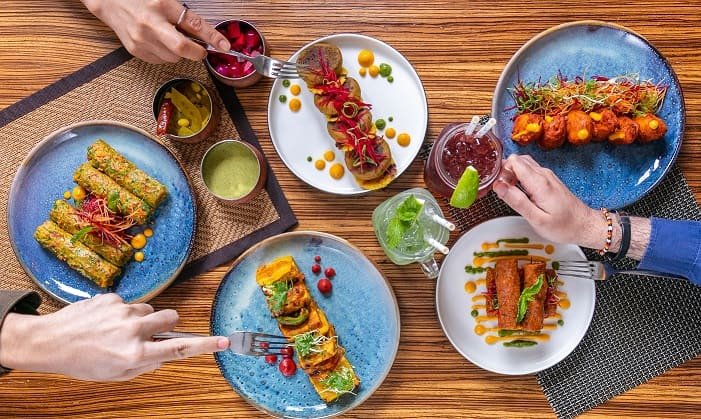
The culinary aspect of Gelboodu is equally important, with traditional dishes prepared to mark the occasion. Each community has its signature recipes, often featuring locally sourced ingredients.
Popular dishes may include stews, breads, pastries, and sweets that are deeply rooted in the community’s culinary traditions.
Sharing meals during Gelboodu fosters a sense of togetherness, allowing families and friends to bond over food. The act of preparing and sharing these dishes is a way of honoring cultural heritage and maintaining culinary traditions.
Modern Adaptations of Gelboodu:
Because of globalization, Gelboodu is now reaching more people around the world. Many communities that have moved to new countries celebrate Gelboodu to keep their culture alive and share it with others. This mix of cultures makes the celebration more interesting.
Gelboodu is also featured in cultural festivals worldwide, showing its importance in celebrating diversity. This helps people understand and appreciate different cultures, bringing everyone closer together.
Gelboodu and Community Bonding:
Gelboodu serves as a powerful catalyst for community bonding. By bringing people together, it fosters a sense of belonging and solidarity among participants. The celebration encourages collaboration, teamwork, and mutual support, reinforcing social ties.
Participants often engage in group activities, such as dance circles, communal meals, and collaborative art projects. These interactions strengthen relationships and create lasting memories, contributing to a cohesive and resilient community.
Global Influence of Gelboodu:
Gelboodu is now reaching more people around the world because of globalisation. Many communities that have moved to new countries celebrate Gelboodu to keep their culture alive and share it with others. This mix of cultures makes the celebration more interesting.
Gelboodu is also featured in cultural festivals worldwide, showing its importance in celebrating diversity. This helps people understand and appreciate different cultures, bringing everyone closer together.
How to Experience Gelboodu?
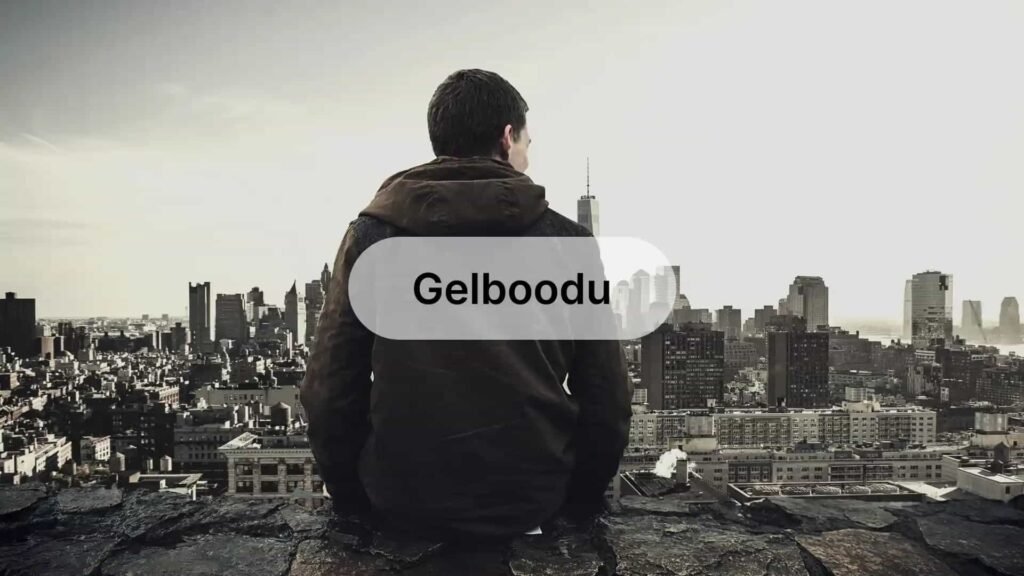
For those interested in experiencing Gelboodu, attending local celebrations is a great way to immerse oneself in the festivities. Many communities host annual events that feature music, dance, food, and art.
Visitors are encouraged to participate in activities, try traditional foods, and engage with local artisans.
Additionally, workshops and cultural programs may be available to educate individuals about the history and significance of Gelboodu. These experiences provide a deeper understanding of the celebration and its role in the community.
Read: Asahina-San No Bentou Tabetai Chapter 5 – A Simple Guide!
FAQs:
1. What types of traditional games are played during Gelboodu?
Traditional games during Gelboodu include tug-of-war, sack races, and relay races. These games are fun and encourage teamwork among participants. They bring everyone together and create a festive spirit.
2. How do local artisans contribute to Gelboodu?
Local artisans display their crafts at Gelboodu, showcasing handmade goods. They often demonstrate traditional techniques, allowing visitors to see their skills. This adds a special touch to the celebration and supports local culture.
3. Are there any specific themes for Gelboodu celebrations each year?
Some communities select themes based on current social issues or cultural topics. These themes guide the activities and decorations for that year’s event. It helps make each celebration unique and relevant to the times.
4. What role does storytelling play in Gelboodu?
Storytelling is an important part of Gelboodu, where elders share tales from the community’s past. This connects younger generations to their history and values. It fosters a sense of identity and belonging.
5. How can people outside the community get involved in Gelboodu?
Visitors are welcome to participate by volunteering or attending the events. They can learn about the culture through workshops and activities. This involvement helps bridge gaps between communities.
6. What environmental practices are incorporated into Gelboodu celebrations?
Many communities focus on sustainability during Gelboodu. They use eco-friendly materials and promote local food sources. This approach helps reduce waste and supports the local economy.
7. How do Gelboodu celebrations foster intergenerational connections?
Gelboodu encourages older generations to share their heritage with younger people. Through storytelling, music, and dance, families bond and learn together. This strengthens relationships and keeps traditions alive.
8. What impact does Gelboodu have on local tourism?
Gelboodu attracts visitors, boosting local businesses and tourism. Many people come to experience the unique culture and festivities. This influx of tourists helps highlight the region’s heritage.
Conclusion:
Gelboodu is a joyful celebration that mixes traditional and modern elements. It brings communities together and allows people to share their cultures. Overall, Gelboodu preserves heritage while promoting unity among everyone.
Read:



